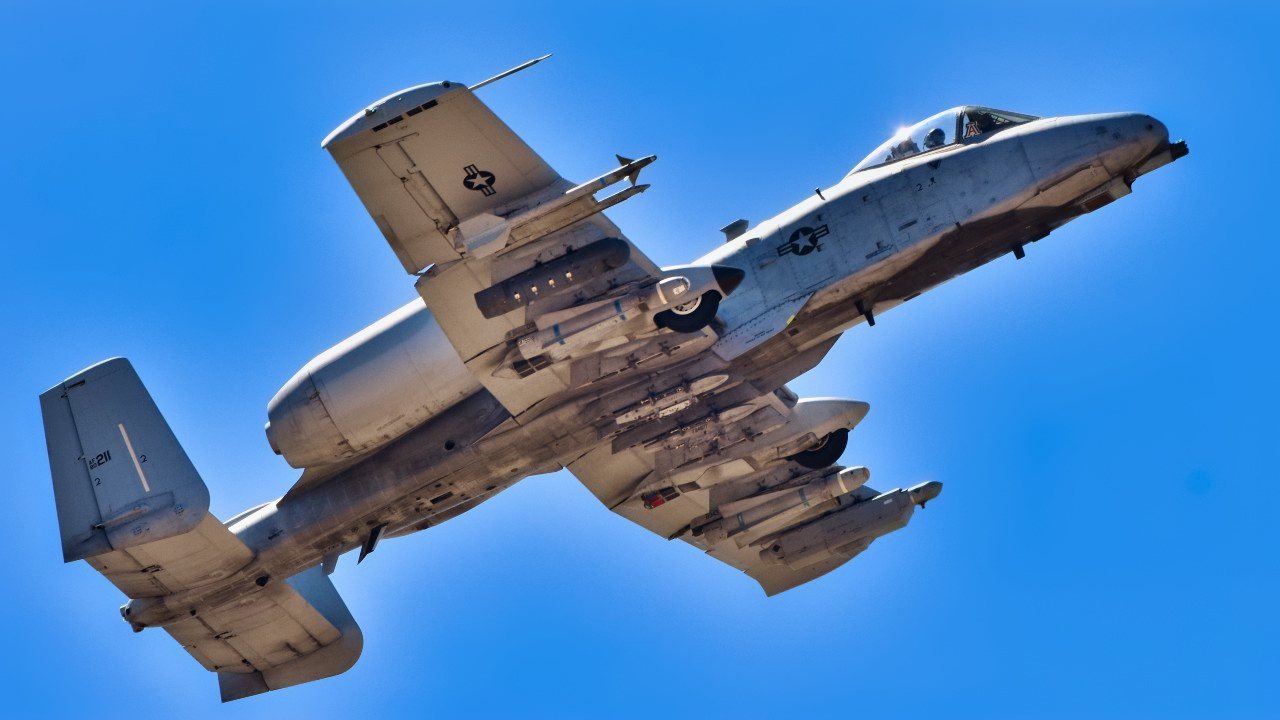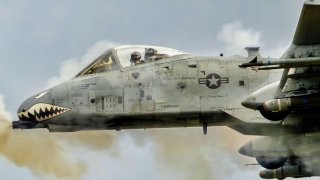The Age of the A-10 Thunderbolt II Is Coming To An End
The A-10 Thunderbolt II, a staple in U.S. military operations for over five decades, faces retirement as the Air Force shifts towards more modern aircraft, citing its vulnerability in potential conflicts with advanced adversaries like China.
Summary: The A-10 Thunderbolt II, a staple in U.S. military operations for over five decades, faces retirement as the Air Force shifts towards more modern aircraft, citing its vulnerability in potential conflicts with advanced adversaries like China.
-While the aging Thunderbolt is considered less suitable for such high-threat environments, it remains a valuable asset for conventional warfare and could serve other nations effectively. Despite some interest from other countries in acquiring the A-10 fleet, logistical challenges related to maintenance and parts make its transfer problematic.
-Potential candidates like Poland or Romania could benefit from its robust close air support capabilities as they await newer jets like the F-35.
End of an Era: The A-10 Thunderbolt II Nears Retirement Amid Modernization Push
The revered A-10 Thunderbolt II is inching toward retirement after more than five decades of service. Some lawmakers urge the U.S. Air Force to maintain the subsonic attack aircraft, but the service is starting to pull the Cold War-era platform in order to make room for more modern alternatives. According to the Air Force, the Thunderbolts are too vulnerable to survive in a modern conflict.
While that might be true in the scenario of a war with China, other countries could make good use of the aging airframes.
Some lawmakers suggest Ukraine might be the best recipient of the Air Force’s A-10 fleet. But Air Force Secretary Frank Kendall asserts that Kyiv has not expressed much interest in acquiring these jets. According to Kendall, “One country at least has expressed some interest, but the problem is once that aircraft goes out of the U.S. inventory, there won't be any base support for it. So any country that picks it up and tries to sustain it would have a very hard time. It's also a very old aircraft, about 45 years old. Replacement parts are very hard [to find].”
Introducing the Thunderbolt II
The U.S. military relied on the Douglas A-1 Skyraider as its primary attack aircraft during the early days of the Vietnam War. Although the platform carried a decent payload, its slow pace and inadequate firepower left it susceptible. The Air Force’s lack of conventional attack capability led then-Secretary of Defense Robert McNamara to order the service to develop two tactical aircraft, resulting in the F-4 Phantom and F-11 Aardvark.
The service decided to develop a lower-cost alternative to supplement these platforms and better counter the Soviet Union’s all-weather attack operations. This led to the conceptualization of the A-X program.
Specs & Capabilities
The A-10 Thunderbolt was manufactured by Fairchild Republic. In 1972, the first A-10 took its maiden flight. Production of the attack aircraft accelerated in the 1980s.
The airframe was designed to carry out ground attacks against main battle tanks, armored vehicles, and installations, along with providing close air support for ground forces. The platform is fitted with titanium armor for extra protection from ground fire, resulting in its “titanium bathtub” nickname. Able to loiter and operate under 1,000-foot ceilings, the Thunderbolt has proven to be one of the best close air support jets to ever fly. The platform’s ability to take off and land from short-distance airfields makes it even more valuable. Additionally, the A-10 was designed to be rearmed, refueled, and maintained with minimal equipment.
When it comes to armament, the A-10 is truly a powerhouse. The hydraulically driven GAU-8/A Avenger Gatling gun under the nose of the airframe can fire at a rate of 4,200 rounds per minute. While this weapon is the A-10’s primary armament for close-air-support missions, it would be challenging to fire while inverted. A former Thunderbolt pilot told The Aviation Geek Club why the inverted position of the Gatling-gun is not ideal:
“There’s also the matter of training and practicing to shoot well, and the muscle memory involved. If you’ve ever fired a handgun or a rifle, imagine how different it would be if you tried it again while hanging upside down. It’s certainly possible, but there are some adjustments you’d have to make, especially if your target is over a mile away. All of that means that firing while upside down is a tricky proposition. In most cases, you’re going to lose both accuracy and safety trying to line up a shot while looking up at the rocks.

“So, in short… yes. Mechanically, it still works great upside down, but it would be a rare situation when you’d want to try it.”
If Not Ukraine, Then Who?
Analysts speculate that if Ukraine doesn’t procure these attack airframes, another NATO member-state positioned close to Russia may. Specifically, Poland or Romania, both of which are some years away from receiving the fifth-generation F-35 fighter jet, could benefit from a close air support aircraft.
About the Author: Maya Carlin
Maya Carlin, National Security Writer with The National Interest, is an analyst with the Center for Security Policy and a former Anna Sobol Levy Fellow at IDC Herzliya in Israel. She has by-lines in many publications, including The National Interest, Jerusalem Post, and Times of Israel. You can follow her on Twitter: @MayaCarlin.


